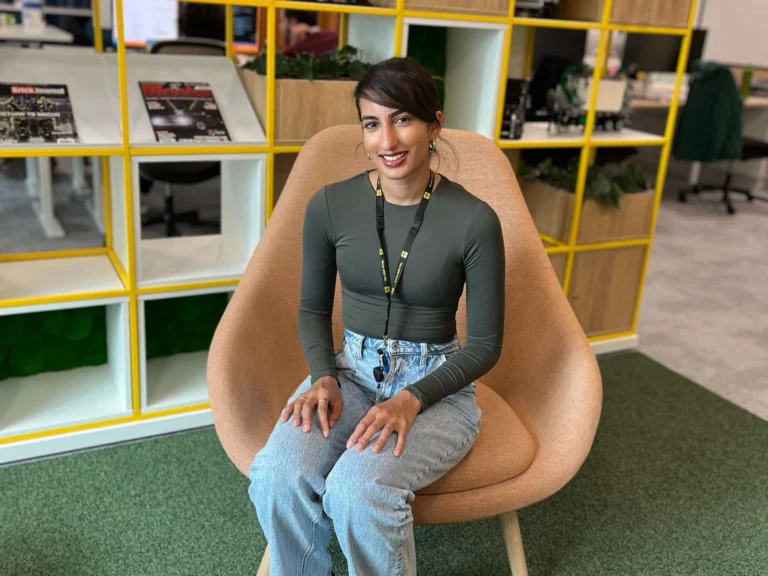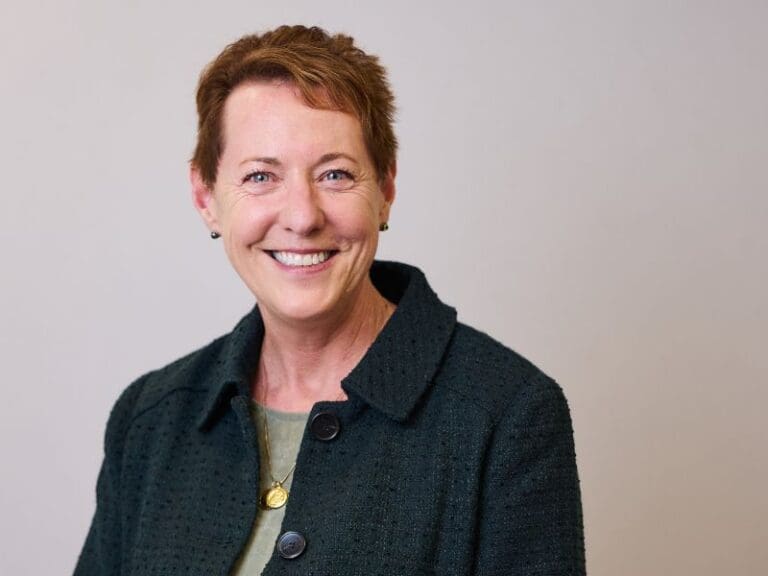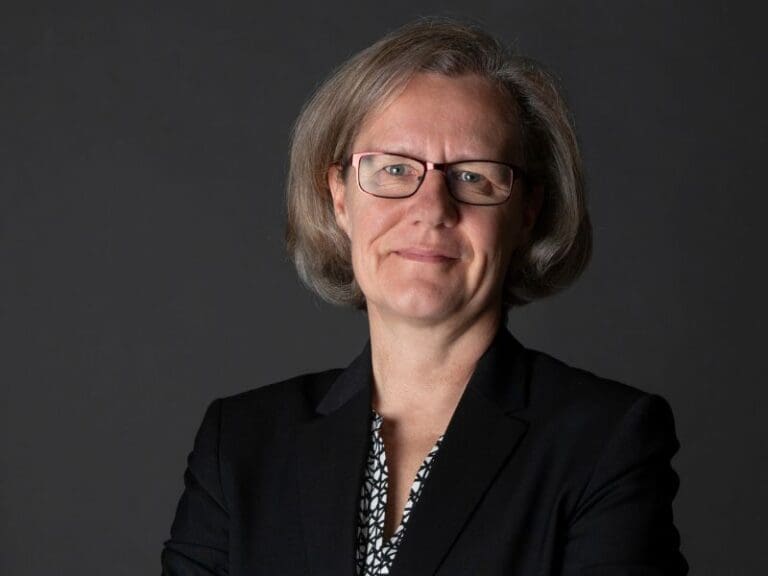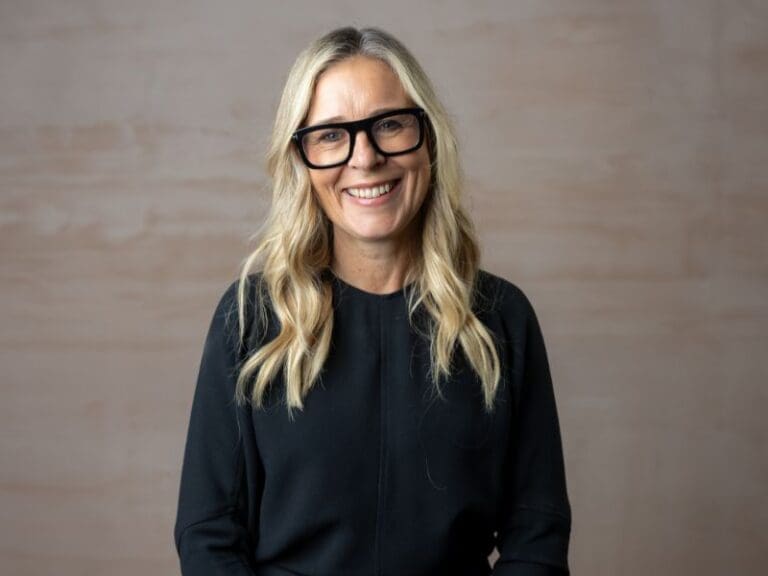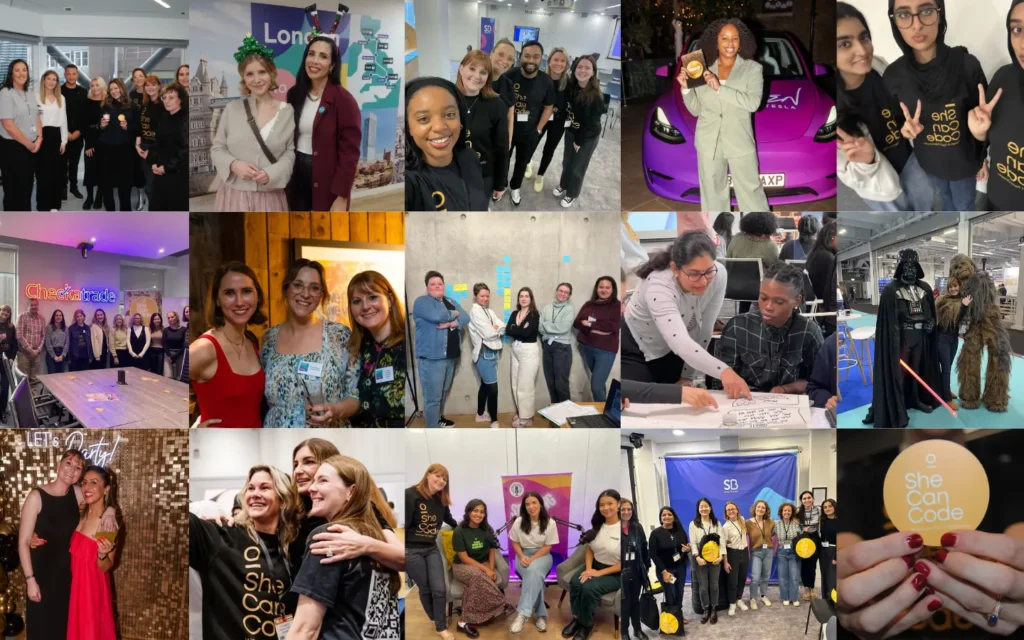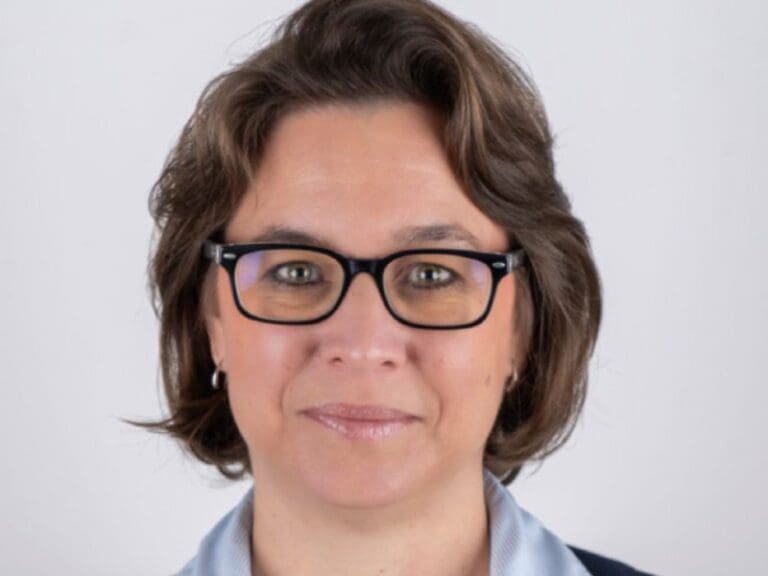From a young age, I was interested in technology and graphics/art. I went to the University of Sussex to pursue a degree in computer science.
Whilst undergoing my degree, I realised that whilst I enjoyed the field of technology, I wasn’t finding the coding aspect of my degree as enjoyable as I had hoped. I didn’t feel like it came naturally to my skillset. So, during the summer, I tried an internship in data and a year later a placement year in digital marketing.
This led me to find out about digital product design (often known as UX – user experience) and I finally felt my skills had found their perfect match! I then did everything I could to develop the skills needed for digital product design, which included a 6-week course with YSYS that taught us all the fundamentals of product design. I then landed a position as an intern at a start-up called YOTI as a UX designer and from there went on to land my role at The LEGO Group as a digital product designer.
How did you land your current role? Was it planned?
Whilst at my internship, I was dabbling in different applications for a product designer. The LEGO Group role attracted me as it wanted someone who was data-led and listened to what users wanted and needed to form decision-making – something that is core to my beliefs as a designer. I applied and then went through rounds of interviews which included a call from the recruiter, a video question and response round, a design task and a final interview with my team! I remember the day that I landed the role – it felt surreal and one of my most exciting and happiest accomplishments.
What does an average workday look like for you?
On an average workday, my development team starts with a group meeting called “Squad Stand Up.” Our team consists of a product owner, lead engineer, lead designer (that’s me), and a group of engineers. Each squad is responsible for a specific product, and in my case, it’s the experience of product discovery on LEGO.com, which includes Search, Navigation, and Product Listing Pages (PLPs). Other squads may handle the checkout experience, for example. During the morning stand-up, we discuss what each of us is working on for the day and provide support as needed.
After the stand-up, I prefer to dive into some design work while my brain is fresh and creative. Typically, I iterate on designs in Figma. I also have meetings spaced throughout the day, which can range from presenting ideas to stakeholders or getting buy-in, to alignment meetings or even bigger company-wide ones.
If I’m at the office, we all go to lunch together at noon, and I particularly enjoy the food market. In the afternoon, I might review data dashboards or create high-fidelity prototypes for user testing. I also work on presentations and storytelling for upcoming events or initiatives. I co-chair a global diversity and inclusion group at The LEGO Group, so I regularly check in with my co-chair and some members to keep up with our plans.
Toward the end of the day, I might review some developed designs that my developers have completed during the day and provide feedback or approval so they can move on to the next task. One thing I love about product design is that no two days are ever the same, and the tasks can vary greatly. One week may be design-heavy, another may require more research, and the next may be full of meetings.
Are there any specific skills or traits that you notice companies look for when you’re searching for roles in your field?
Key skills that most companies would look for are:
UX skills (this could include creating flows, ensuring journeys are coherent, and smoothing out user pain points with a clear and easy journey. The design needs to function and make sense.)
UI (making designs visually enticing and easy to follow. This can also include prototyping for a range of devices and interaction design).
Accessibility (can users with different accessibility needs use this – for example, someone who is partially blind or has a different disability? Designs need to cover a range of scenarios because users are not all the same and we need to make sure everyone can functionally interact with a piece of technology)
Storytelling (can you effectively “sell” your design and the reasons why it should be done? As a designer, there will be multiple priorities at one time and you need to be able to present your designs to gain buy-in)
Research (using data to inform decisions is vital for a product designer. You will need to be able to effectively carry out and analyse qualitative and quantitative data which may be in the form of dashboards, user interviews, tree tests, card sorts, surveys, unmoderated tests and beyond!)
Trends (the tech world is ever changing and as a product designer you need to keep up with the latest trends – for example, AI is an upcoming trend that will soon be embedded in everything you do. Or keeping up with changing theories and new design skills).
Collaboration (being part of a team and working with clients and stakeholders is key to being a successful product designer. You will receive a lot of feedback both from users and your teams and being able to adapt quickly and iterate is fundamental for the success of the product designer)
Fun and flair (what will make you stand out and how can you create designs that are outside the box and innovative? Every product designer could probably make a functional design but how can you add moments of delight and surprise that take a design from a good one to an awesome one?
Which qualifications have you found to be the most beneficial for securing jobs in product design?
The realm of product design/UX design is still relatively new and there aren’t specific degrees available yet. If you do want to pursue a degree, one in human-computer interaction, psychology, cognitive science, computer science or graphic design will all be hugely relevant! There are also many boot camps available that you can do that will give you the foundational skills you need. Ultimately to secure a job, you need an impressive portfolio with 3-4 case studies. They don’t have to be real example projects you’ve worked on but being able to demonstrate some of the skills above in a clear and visual key will help you get through the door!
How do you think diversity can impact product design and development?
As technology progresses, diversity is fundamental for product design and development. Did you know, currently AI is massively biased, sexist, and racist? If you ask it to generate an image of a coder/developer, it will generate an image of a white male in a hoodie. This is because the sources that AI searches would have historically shown this an accurate representation of the world. Right now, in my team, 6/8 developers are women, with five of them being a woman of colour.
Diversity is needed to shape the products that we make to fully support the users who will use them which is a more accurate representation of the world. Making a functional product means that users from different walks of life, ages, ethnicities, and genders all feel that they can use it and feel comfortable doing so. And this lies with the teams that are behind the scenes making and changing what has been historically written.
What makes a role in Product great for someone who doesn’t have coding skills?
It is great because you don’t need to be able to code but just have an interest in technology and your product. Your team will have specialists that can code but you too will have a specialism of bringing user wants and wishes (and things they don’t even know they need yet) to life. You are the one being a catalyst for change and creating the best experience possible which is hugely gratifying and rewarding. As well as that, you get to continuously learn and a day in product is never the same!
What advice would you give other women wanting to reach their career goals in product?
Don’t be afraid and believe in yourself! Sometimes, we tend to be too hard on ourselves and compare our skills to others. But, if you know that you are good at what you do, and can continuously learn, then you should go for it. The field of Product and Engineering can be quite male-dominated, but having vision, creativity, adaptability, and self-belief should mean that we can achieve our goals too. We should support each other by celebrating even the smallest of wins and recognising our colleagues and connections.
It is during those moments when we tell someone that we see their success and hard work that we can help them keep going! On a more practical note, I have found curating a motivational playlist can boost my mood and motivation in low moments or having a good podcast to hand – I recommend Squiggly Careers and Brown Table Talk on Spotify!


